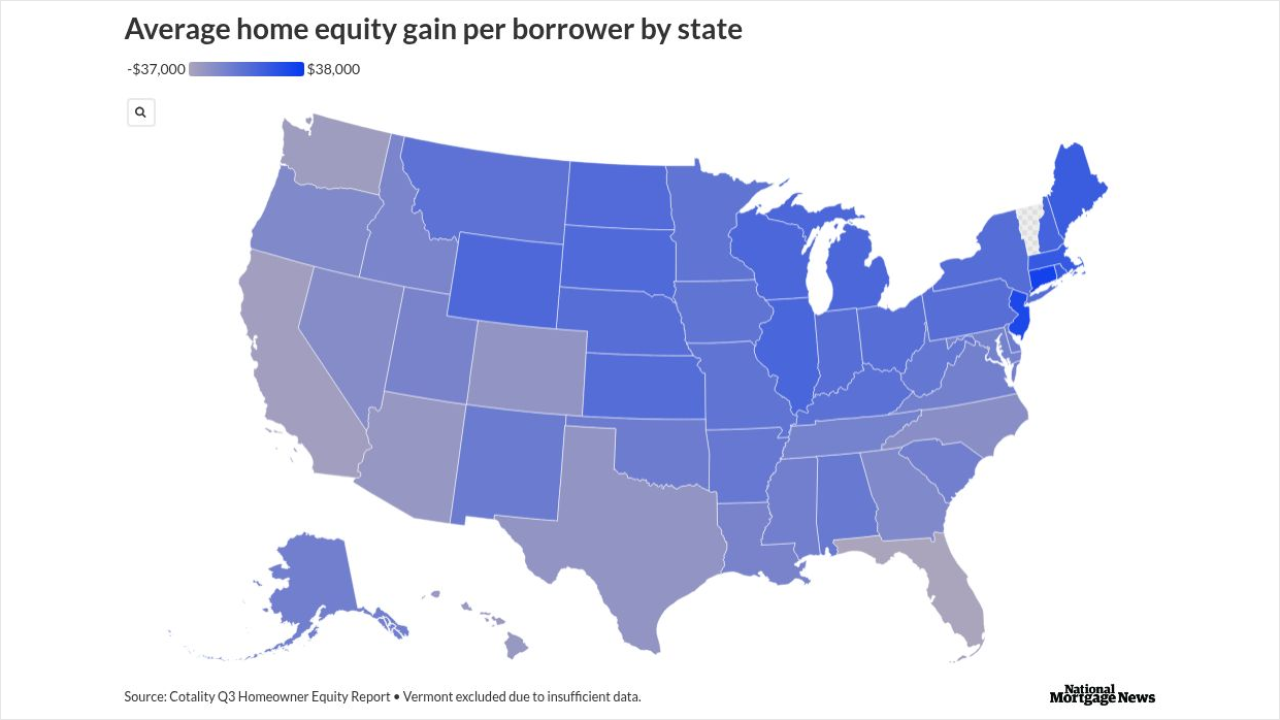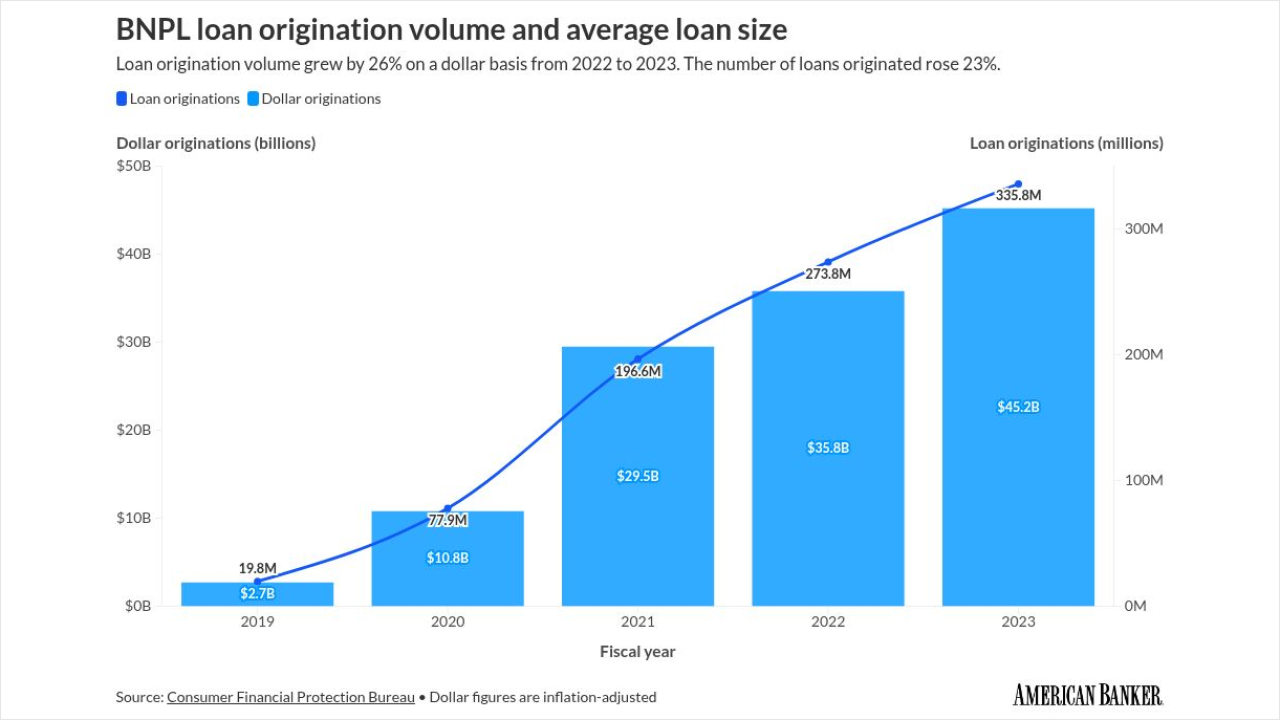(Bloomberg) -- US Treasuries gained after a mixed jobs report showed enough signs of softness to nudge expectations for a Federal Reserve interest rate cut next month higher.
Short-term notes, which are more sensitive to Fed policy moves, led the rally, with two-year yields falling about 3 basis points to 3.57%. Benchmark 10-year yields eased slightly to 4.11%.
The jobs numbers for September — significantly delayed due to the government shutdown — showed employers added 119,000 jobs in the month, compared to a median economist estimate of 51,000. The jobless rate, however, moved to 4.4% from 4.3% a month earlier, reaching the highest in nearly four years, while August employment numbers were revised lower.
"The unemployment rate matters more, and it casts doubt on the labor balance argument," said George Catrambone, head of fixed income at DWS Americas. "That is why rates are rallying."
Bond traders added to wagers on the likelihood the Fed will reduce borrowing costs for a third straight time next month, having trimmed those odds just a day earlier after the government said it wouldn't be able to release October jobs data.
Swap contracts linked to the Fed policy rate implied roughly a 34% chance of a quarter-point rate cut, up from around 20% odds before the release of the unemployment report. Odds of a December cut assigned by the market have steadily slipped in recent weeks as some policymakers pushed back against further easing while inflation continues to run above the Fed's 2% target.
Following the job report, Cleveland Fed President Beth Hammack said lowering interest rates to support the labor market could extend the period of above-target inflation and increase financial stability risks.
The September payrolls report is the only official major jobs data published before Fed policymakers meet for the final time this year. The Bureau of Labor Statistics announced Wednesday that the October jobs report would be rolled into the November report, which is set to come out after the Dec 9-10 policy meeting, leaving both policymakers and investors without a key piece of economic data.
"I'm not sure this is a definite answer to the December question," said John Briggs, head of US rates strategy at Natixis North America, referring to the September labor report.
He added that the chance of a cut in December may be "underpriced", but "there isn't enough there worth the risk." As a result, the bond market is likely stuck in a range for now, he said.
More stories like this are available on bloomberg.com






